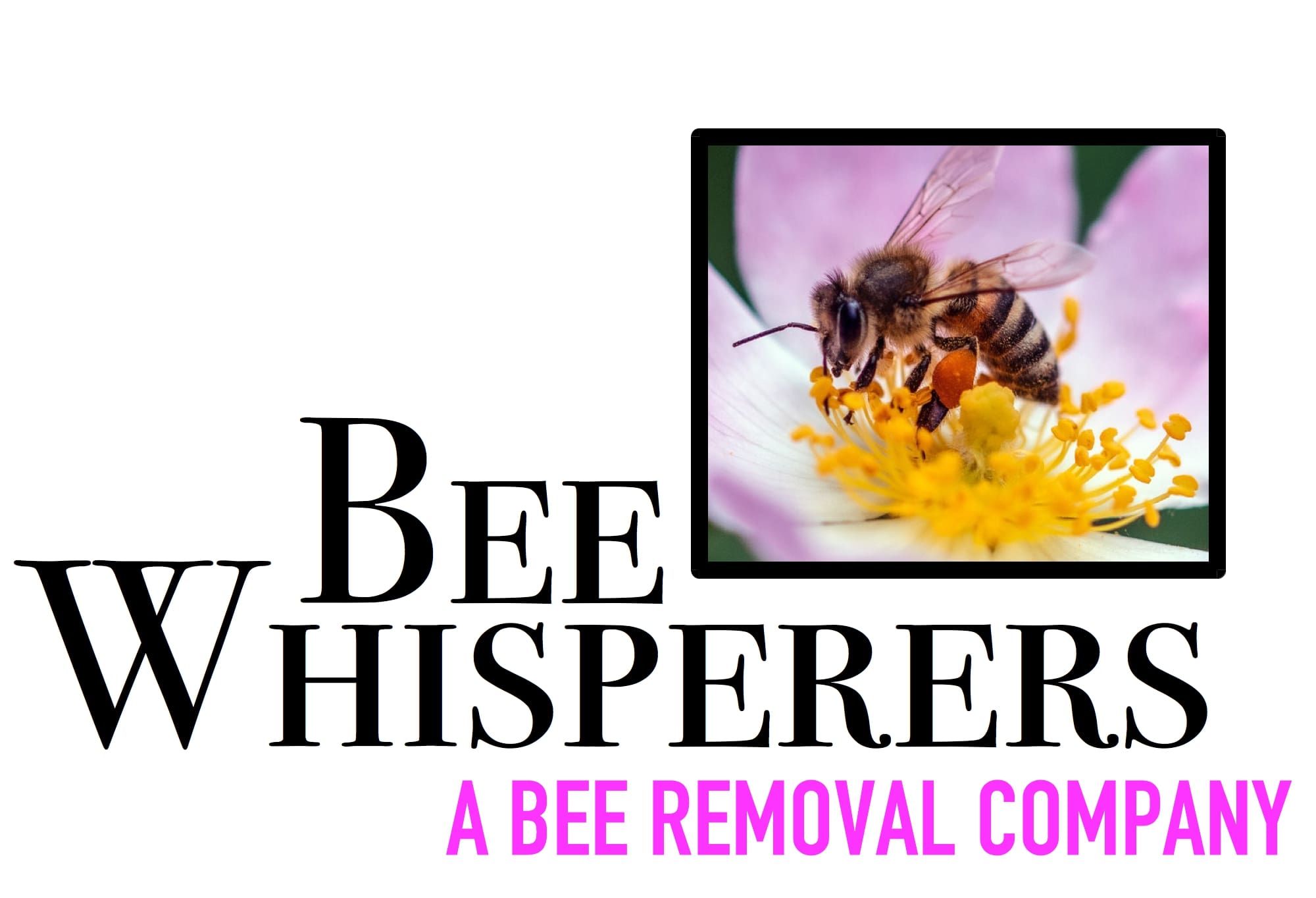So you met the Cape Honey Bee? Let's make the introduction official
We have two species of honey bees in South Africa – the light yellow Summer Rainfall bees further up north - and the dark Cape Honey Bee here in the Winter Rainfall region of the Western Cape.

They are Indigenous to the Cape Town
Our Cape Honey bee is indigenous to the Cape Floral Kingdom (Capensis), and as such carries the name Capensis as part of her identification (Apis mellifera Capensis). Apis means “Bee” and “Mellifera” means bearer of honey in Latin. They are the bees tending to our 8500 fynbos species – and the intensive agricultural pollination in the Western Cape!
At the heart of every colony is the queen. Exclusively reared on royal jelly – after 18 to 21 days she is born. And if there were more queens about to be born – usually she’d immediately kill them.
Between the ages of 6 to 16 days of age – she goes on the most important flight of her life – The Maiden flight of the Virgin Queen. Hanging in the balance is the future of the colony under her command.
Followed by thousands of potential male suitors (drones bees) – out of which upto 20 will mate with her – while doing so, they will die and in mid air.
The queen on the other hand will collect the sperms from the drones – then spend the rest of her natural life laying between 1500 to 2000 eggs every day. The offspring of which will be born 3 weeks later and have a life span of 6 weeks.
They will die for the colony
Pollen, nectar, honey dew and propolis – these are the treasures of the hive that must arrive continually to sustain the colony. The bees you see on the flowers, collecting nectar – they are all female worker bees – and willing to die for the colony without hesitation. And die they do: Their barbed wired stinger easily penetrates human skin – but when the bee tries to free herself after having stung someone – the stinger stays behind, pulling out the digestive tract, plus muscles and nerves of the bee – resulting in death of the bee.
But away from their hive – you’d have to really mistreat a bee or accidentally step on it before you get stung – for while they are out foraging, browsing your flowers – they rarely sting. And in that docile state – should be appreciated and the gardening of bee flowering gardens encouraged.
Spring: A time to increase and split
Spring comes with longer days and more food – stimulating the bees to work harder and the colony to rapidly expand.
The hive would become so populated that the bees would prepare to split the colony in two. A new queen is raised. Half the hive breaks free and heads for the nearest tree. From there, they are guided by scout bees who returns with propositions of new locations where they can settle.
Perhaps you have seen scout bees : Usually Bees are always outworking. “Busy as a bee”. But once Spring arrives and you notice two or three bees patiently hovering around your home– not in search of any particular flowers – but around your air-vent, perhaps an empty box, a crevice in the wall – perhaps the irrigation box, the owl box placed in a tree (a favorite!) – just about anywhere they can find between 15 and at least find a 45litre cavity to accommodate them.
If the scouts are pleased, soon your yard will darken with a cloud of bees arriving to their new, lifelong home. And with every spring Season, they would split and send of a new swarm to look for a home. Thus every Spring – our bee population can potentially double. Sending the urban landscape into a frenzy.

